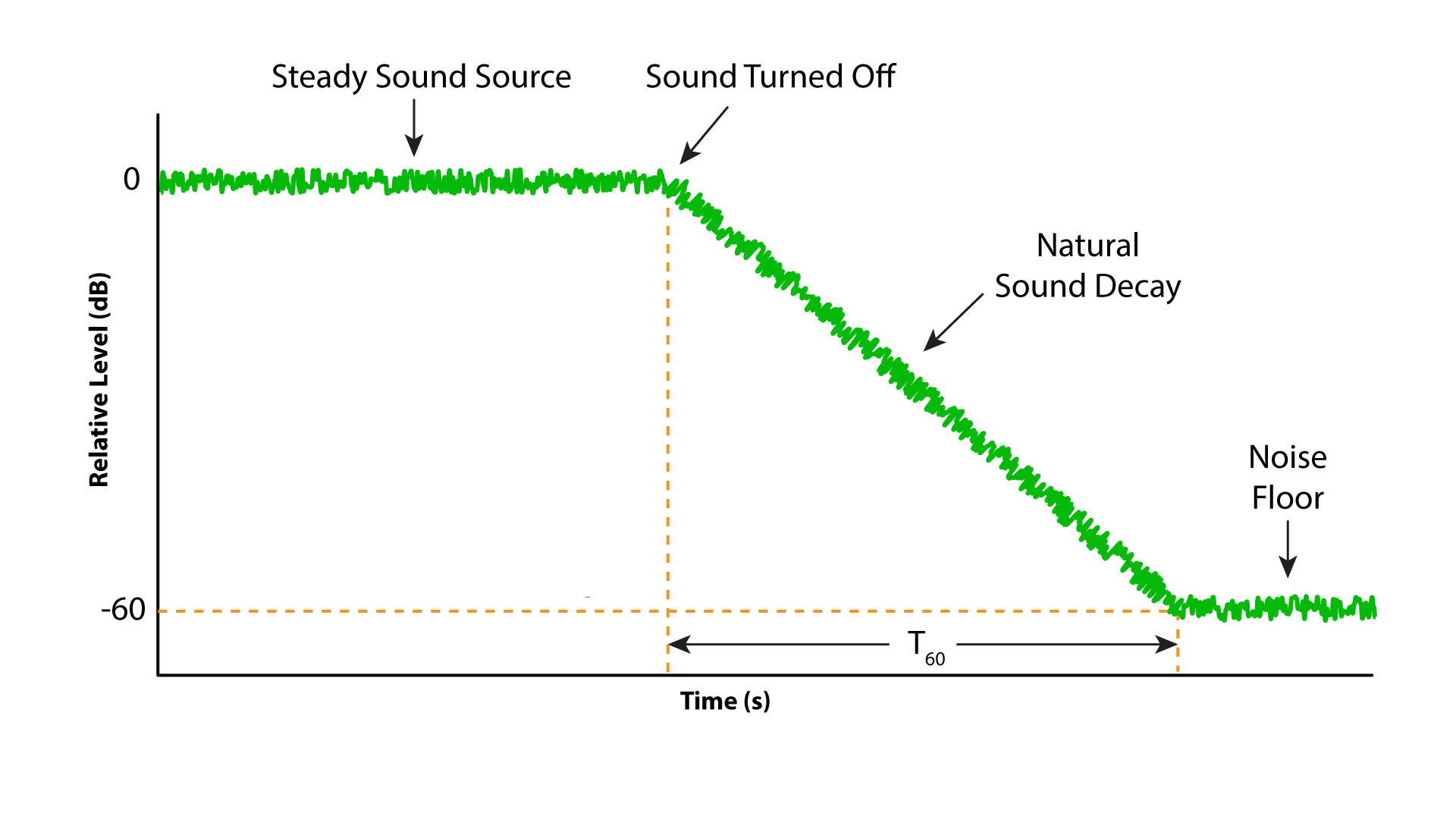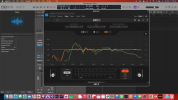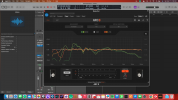I meant to type "getting decent" rather than implying everything is good now, but I'd be willing to bet the JBLs measure decent, just have no bass. Which again, is probably the case for many Bluetooth/smart speakers from companies that invest meaningful resources in audio at all.Show me a spin of the $21 Anker Soundcore speaker (most popular on Amazon) or JBL Go looking like that and I will say we've entered the promised land. Until then, mixing engineers still need to account for ... however that thing sounds. Which is probably surprisingly good, but... you know. Apple and Google products are at least one cut above the true lowest common denominator.
The ankers I've seen have been a bit all over the place but not the end of the world bad.
I do think my point still stands that speakers are likely getting better overall and the circle of confusion is shrinking.



